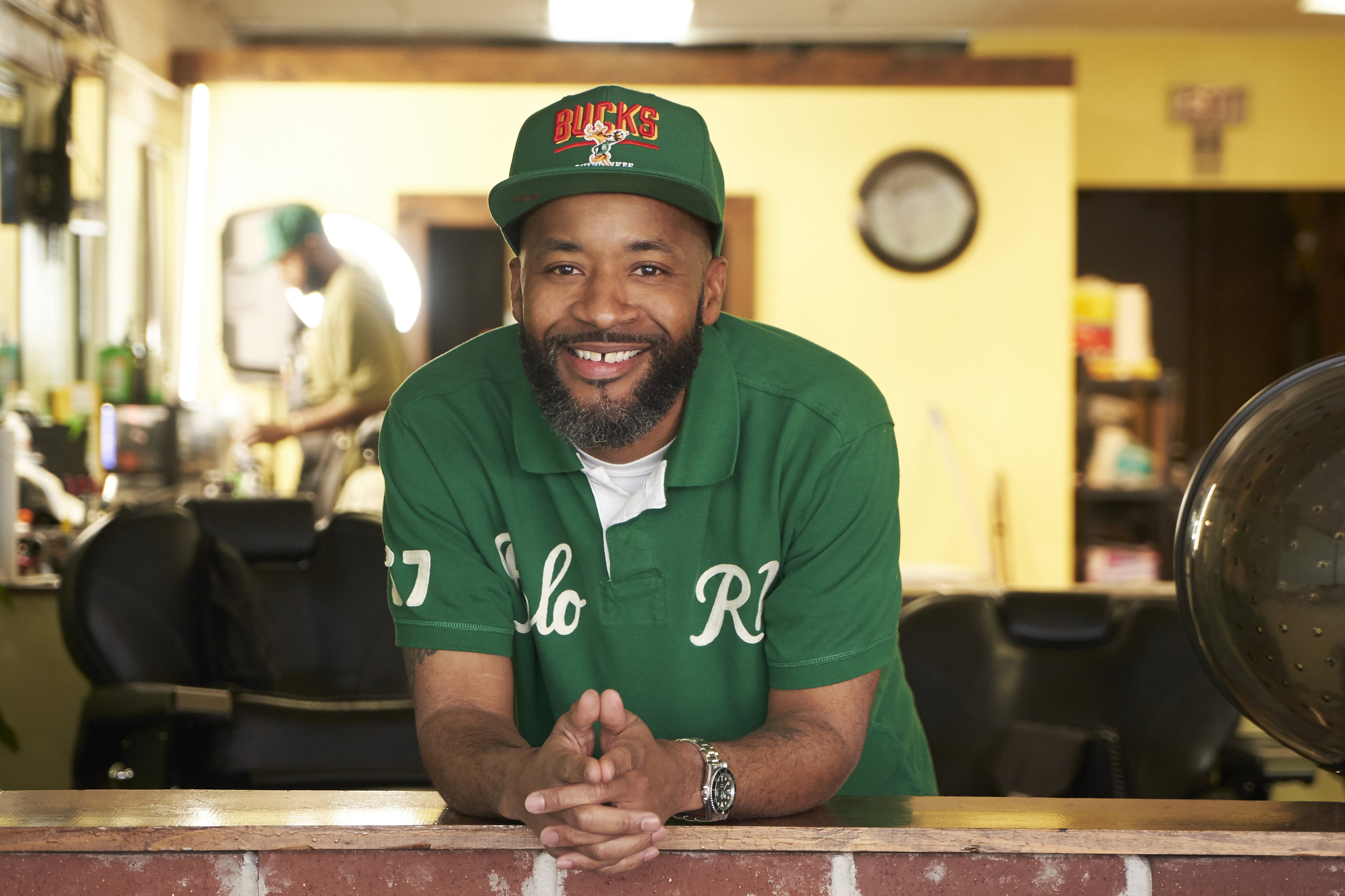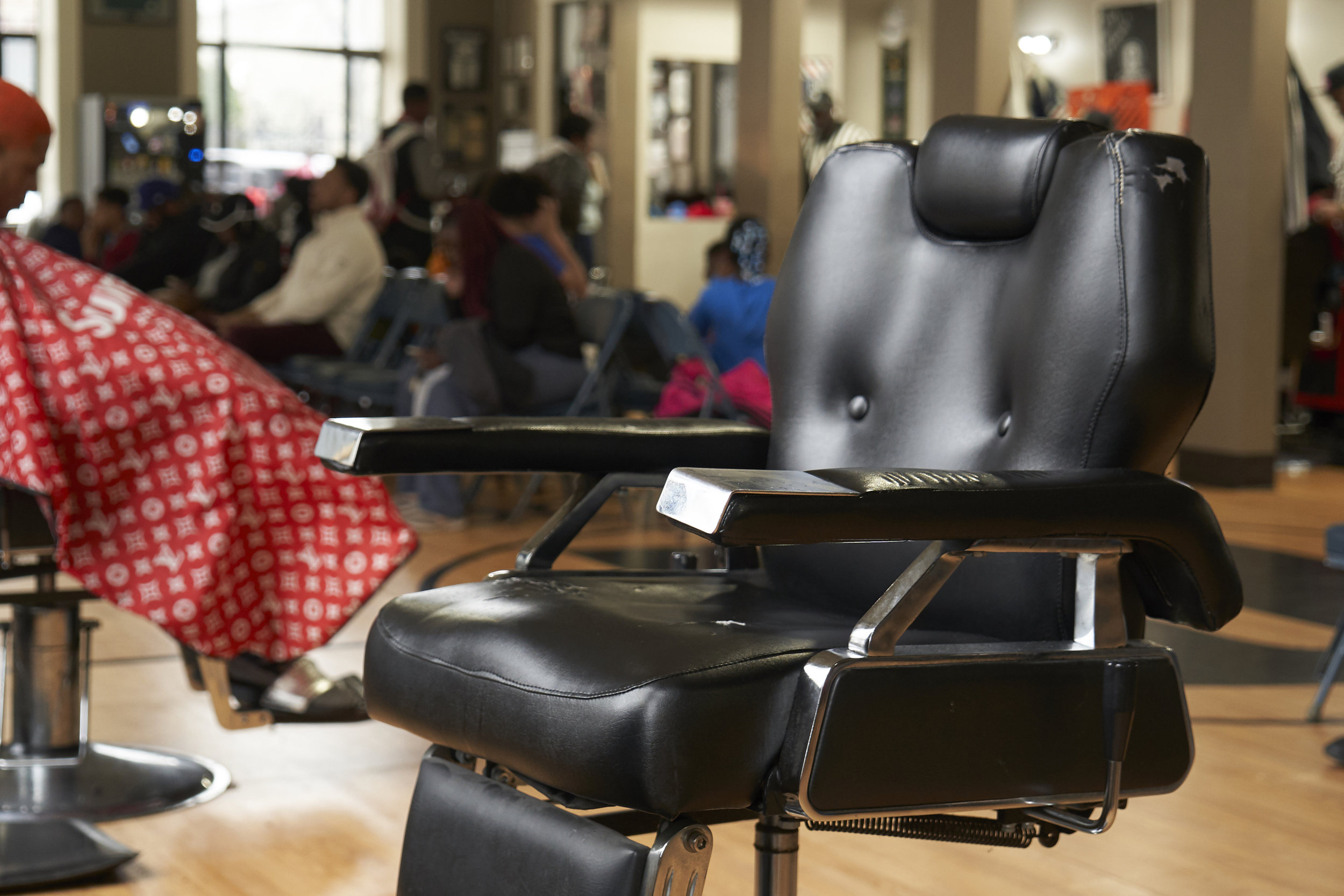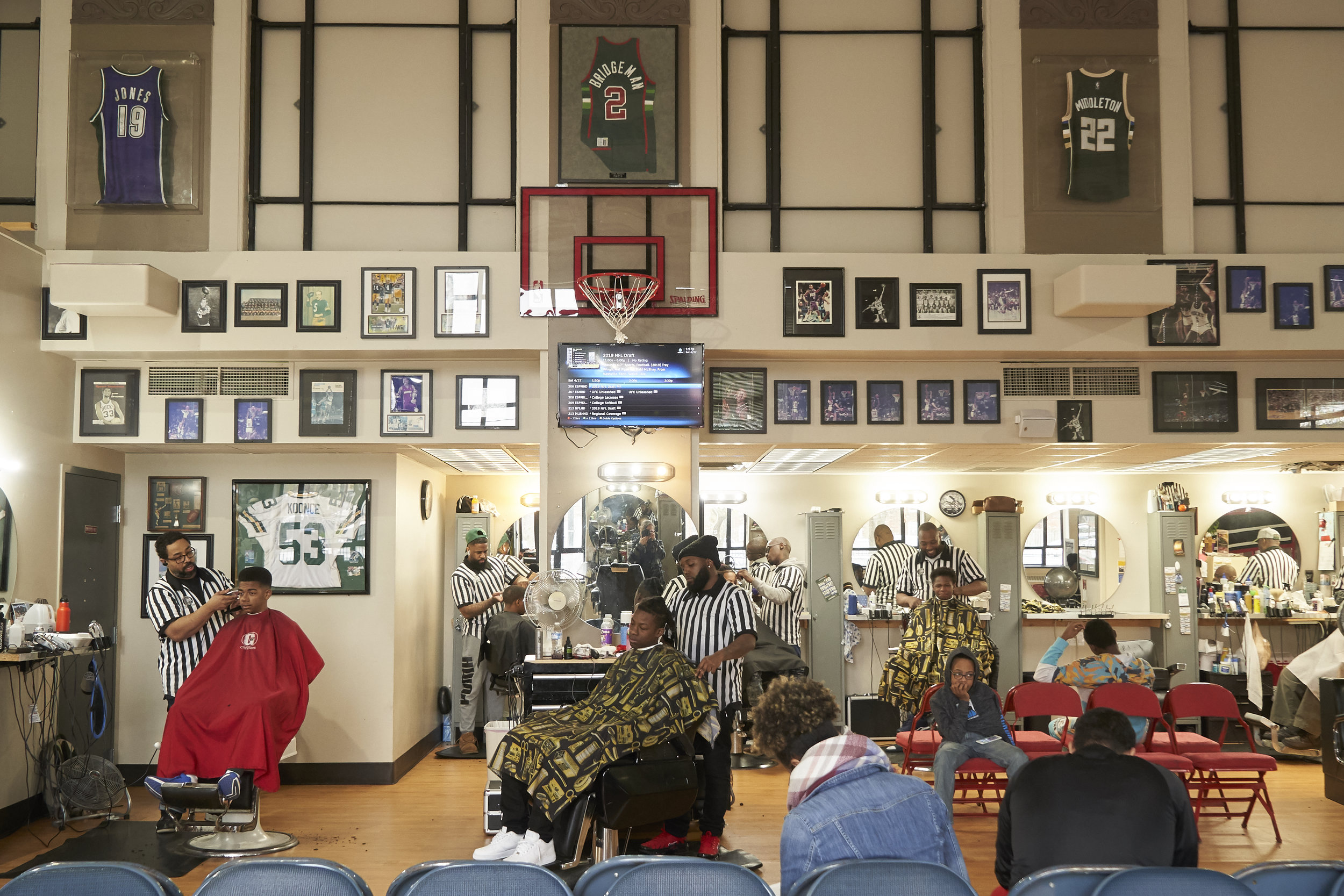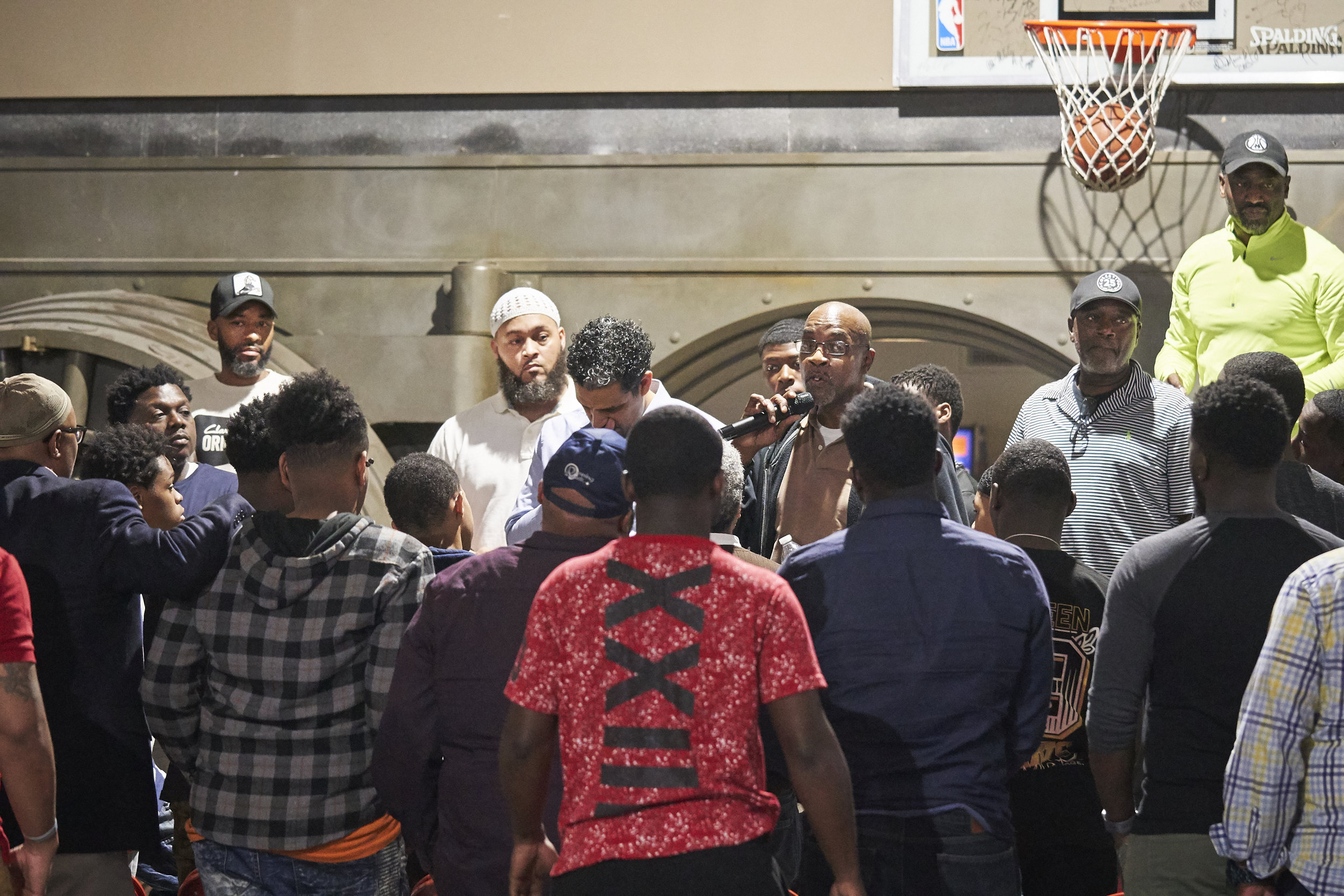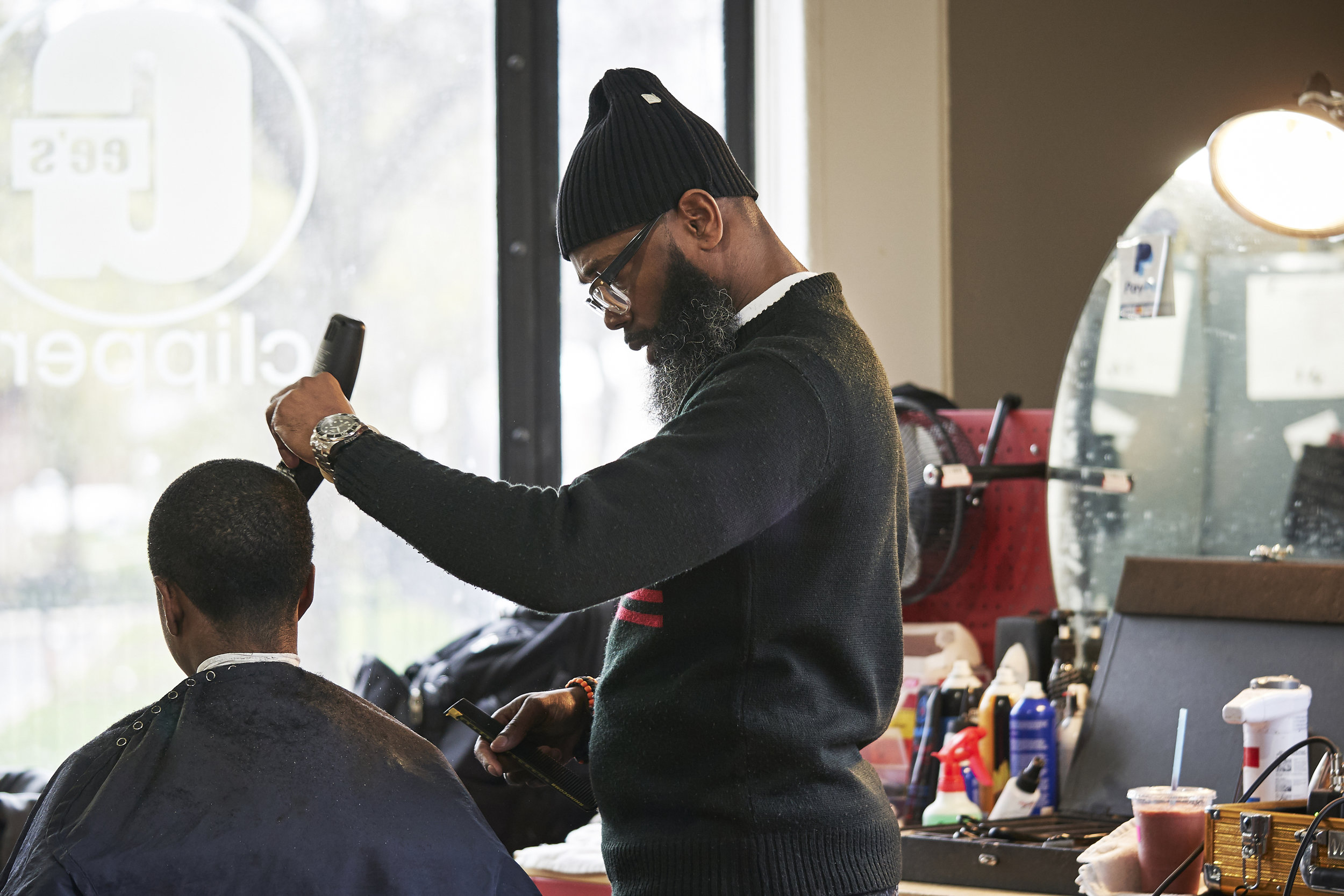To make an impact on our communities, the first step we must take is to show up for the causes we care about, but James Arms took his passion for helping others a step further: He structured his business to work with companies whose missions involve improving Milwaukee.
Arms is an entrepreneur who has worked from the ground up to grow a successful graphic design and video business. Having lived in Milwaukee his whole life, Arms has been frustrated with the issues Milwaukee carries like inequality and segregation. So, his solution was to use the skills he learned to offer promotional materials to organizations that need assistance with outreach.
Arms grew up in central Milwaukee on 28th Street and began his career on the press floor at Quad Graphics. In those early years, he remembers traveling home from his factory job and being laughed at because of his dirty clothes. One day, Arms walked past a neighbor sitting on his porch who told him to ignore the insults and continue to work hard. The man said his hard work will be worth it. Arms remembered those words and held onto them when he needed encouragement.
Keeping that work ethic front and center, Arms eventually worked his way up through the company, taking every opportunity he could to learn extra skills and ask questions. In 2005, he left Quad Graphics to start his own business with the help of Debbie Lassiter, co-founder of the Convergence Resource Center (CRC). The nonprofit is focused on helping women in human trafficking find resources and now works nationally to help the cause. But at the time, the organization was new and in need of funding. Lassiter and Arms connected and built an image for the organization that showcased their dedication to the victims of human trafficking.
Arms was inspired by Lassiter’s vigor for her work and made it a goal to put that same energy into showcasing the CRC. In that process, he created his first logo, along with other promotional materials like brochures, print materials and videos. Everything he was creating was aimed at finding donors that would help the CRC with the funding it needed.
Early on, Arms learned the importance of connecting with his clients and understanding the problems they are working to solve. “You kind of just connect with the pain that they feel for what’s going on in the city,” he says. That connection is what gives his promotional products a strong message, helping nonprofits attract supporters.
Arms’ company, JL Promotions, continues to grow, and before accepting any new work, he asks himself, “Is this going to help somebody?” Since 2005, he has aided countless nonprofits by building an image for them that demonstrates the work they are doing for the city.
You can learn more about JL Promotions by visiting jlpromotionsonline.com.
Read the article in the Shepherd Express.


